The camera world is far too complex to navigate, even in 2025, with numerous technical details to consider.
For anyone taking casual photos, creating professional vlogs, or shooting high-end photography, the sensor inside your camera plays a huge role in the final image quality.
Even a slight change in sensor size can make a significant difference in how your pictures appear.
This is especially true when looking at compact cameras and older smartphones that often use smaller sensors like the 1/2.3″ size.
The right sensor can yield sharper images, richer colors, and improved performance in various lighting conditions.
Camera technology continues to advance rapidly, but understanding the basics of sensors remains crucial for making informed purchasing decisions.
Let’s check what exactly a 1/2.3″ sensor is, how it compares to other options, and whether it might be the right choice for your photography needs.
What Is a 1/2.3 Sensor Size?
The 1/2.3-inch sensor is a small digital camera sensor that captures light to make photos. It measures about 0.27 inches by 0.18 inches (6.17 mm x 4.55 mm).
Invented in the early 2000s, it became popular in compact cameras.
It’s common in budget cameras, but is less used in newer high-end models because larger sensors produce better photos.
Devices that Use 1/2.3-inch Sensor Size
Many affordable compact and bridge cameras use this sensor. It’s also found in older smartphones. Here is a categorized list that uses (or used 1/2.3″ sensor size)
Budget Point-and-Shoot Cameras
- Canon PowerShot SX740
- Panasonic Lumix ZS80 (TZ95)
- Sony Cyber-shot HX99 / HX95
- Nikon Coolpix P950 / P1000
- Fujifilm FinePix XP140 / XP130 / XP120
- Canon PowerShot SX620 / SX610
GoPro and Other Action Cameras
- GoPro Hero 10,9,8,7,6,5 Black
- GoPro Hero (2018)
- GoPro Max
- DJI Osmo Action, Action 3, Action 2
- Insta360 ONE R (4K Wide Angle Mod)
- Akaso Brave 7 LE
- Akaso V50 Pro
Drone Cameras
- DJI Mini 2
- DJI Mavic Air
- DJI Phantom 4 Pro V2.0
- DJI FPV
- Hubsan Zino 2 Plus
- Swellpro Spry+
- Xiaomi Fimi X8 SE
- Upair 2 Ultrasonic 4K and 3D
- DJI Spark
- DJI Mavic Pro Platinum
- DJI Mavic 2 Zoom
- Hubsan Zino 2
Older Smartphones and Entry-Level Phones
- Samsung Galaxy S4 Zoom
- Samsung Galaxy K Zoom
- Huawei Nexus 6P
- Some early camera-centric smartphones from around 2013-2015 era
Basic Superzoom Cameras
- Nikon Coolpix P1100
- Panasonic Lumix TZ95 (ZS80)
- Sony Cybershot DSC-WX800
- Canon PowerShot SX60 HS
- Samsung WB2200F
- Nikon S9700
Understanding How Sensor Size Affects Image Quality
The sensor in your camera works like the digital version of film. It captures light and turns it into an image. The size of this sensor greatly affects the quality of photos you can take.
- Full-frame sensors (36mm × 24mm): Best for professional photography, low-light situations, and creating shallow depth of field effects
- APS-C sensors (23.6mm × 14.9mm): Great for enthusiast photographers who want good quality without the full-frame price
- Micro Four Thirds (17.3mm × 13mm): Perfect for smaller mirrorless cameras that balance quality and portability
- 1-inch sensors (13.2mm × 8.8mm): Common in premium compact cameras, offering better quality than smartphone cameras
- 1/1.7″ sensors (7.6mm × 5.7mm): Found in better point-and-shoot cameras with decent low-light performance
- 1/2.3″ sensors (6.17mm × 4.55mm): Used in budget compact cameras and many smartphones
- 1/3.2″ sensors (4.54mm × 3.42mm): Common in older or entry-level smartphones
Understanding these different sensor sizes helps you choose the right camera for your specific needs, whether you’re a casual shooter or an aspiring professional.
1/2.3″ Sensor Size Compared to 1/2.5″ Sensor Size
While there are many sensor sizes to compare against, the 1/2.5″ sensor (5.76mm × 4.29mm or 0.23″ × 0.17″) is one of the closest in size to the 1/2.3″ sensor.
| Feature | 1/2.3″ Sensor | 1/2.5″ Sensor |
|---|---|---|
| Approx. Dimensions | 0.25 x 0.18 inches (6.3 x 4.7 mm) | 0.23 x 0.17 inches (5.76 x 4.29 mm) |
| Diagonal | ~0.30 inches (7.7 mm) | ~0.28 inches (7.18 mm) |
| Sensor Area | ~0.043 sq. in. (28 mm²) | ~0.038 sq. in. (24.7 mm²) |
| Relative Size | Slightly larger | Slightly smaller |
| Light Gathering | More light, better low-light | Less light, slightly noisier |
| Usage | Common in budget compacts, superzooms | Entry-level compacts, PTZ cameras |
Despite their similar names, the 1/2.3″ sensor is actually about 15% larger in total area than the 1/2.5″ sensor, which can make a noticeable difference in image quality.
Pros and Cons of a 1/2.3 Inch Sensor
Every camera sensor is designed to meet specific needs, and the 1/2.3″ sensor has its own set of strengths and weaknesses that make it suitable for certain users.
| Pros | Cons |
|---|---|
| Enables compact and lightweight camera designs | Poor low-light performance, more image noise |
| Affordable and cost-effective for entry-level cameras | Lower image quality compared to larger sensors |
| Supports long zoom angles in superzoom and compact cameras | Limited dynamic range |
| Greater depth of field (useful for landscapes, macros) | Limited background blur |
| Suitable for travel and everyday photography | Reduced sharpness and detail, especially at high ISOs |
| Fast autofocus and good for casual shooting | Lenses may have lower optical performance |
Who Should Choose a 1/2.3 Sensor Camera?
The 1/2.3″ sensor size is ideal for users who value ease of use, portability, and affordability more than professional-grade image quality. Here’s how different user types can benefit from it:
1. For Casual Purposes
This sensor size is perfect for people who want a camera that’s easy to carry and quick to use. Capturing spontaneous moments, family events, or vacation highlights, a 1/2.3″ sensor camera will offer decent quality without the hassle of adjusting settings.
Its compact size and long zoom capabilities make it especially useful for travel and everyday photography.
2. Hobby Photographers Creating Memories
Beginners and hobbyists will appreciate the simplicity and affordability of cameras with this sensor.
It’s a great option for those learning the basics of photography or simply enjoying snapping photos of pets, nature, or family gatherings. These cameras help users build confidence before stepping into more advanced equipment.
3. Professional Photographers
Even seasoned photographers find value in 1/2.3″ sensor cameras, mainly as backup options. They are ideal for quick shots when carrying heavy gear is impractical.
While not suitable for high-end artistic projects or large prints, these cameras work well for documentation, scouting, or casual shooting on the go.
Common Myths About Sensor Sizes in Cameras
There’s a lot of confusion about camera sensors and how they affect your photos. Many photographers get caught up in myths that aren’t always true. Here are some myths with their reality mentioned below
- Bigger sensors always take better pictures.
While larger sensors have advantages, proper technique and lighting often matter more. - Small sensors like 1/2.3″ can’t take professional-quality photos.
In good lighting, even small sensors can produce excellent images. - Sensor size is the only factor that matters for image quality.
Lens quality, image processing, and photographer skill are equally important. - More megapixels always mean better quality.
On small sensors, too many megapixels can actually reduce image quality. - Photos from 1/2.3″ sensors can’t be printed in large sizes.
With good lighting and proper camera technique, photos from these small sensors can be printed at surprisingly large sizes with acceptable quality.
Final Click
Camera sensors come in many sizes, each designed for different photography needs.
The 1/2.3″ sensor size offers a practical option for casual photographers and those needing extreme portability.
While it may not match the image quality of larger sensors in challenging conditions, it performs admirably in good lighting, helping to keep camera costs down.
Understanding sensor sizes helps photographers make better choices about their equipment.
When shopping for a new camera, consider how you’ll use it rather than just focusing on specifications.
Good technique and understanding your camera’s strengths can often compensate for sensor limitations.
Many amazing photos have been taken with smaller sensors when used correctly and in the right conditions.
Whether you pick a 1/2.3″ sensor camera or another type, the best camera is the one you have when the perfect moment occurs.

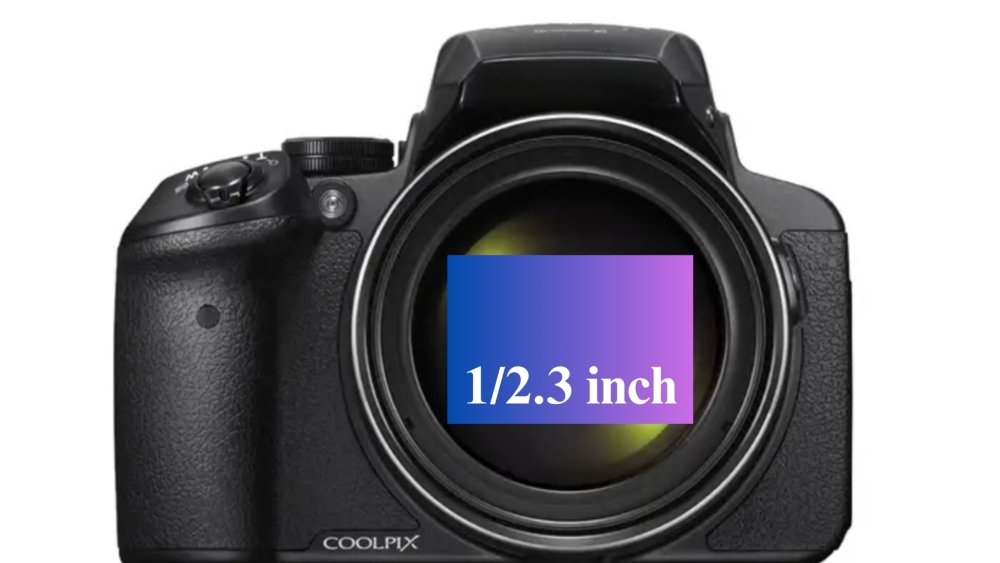
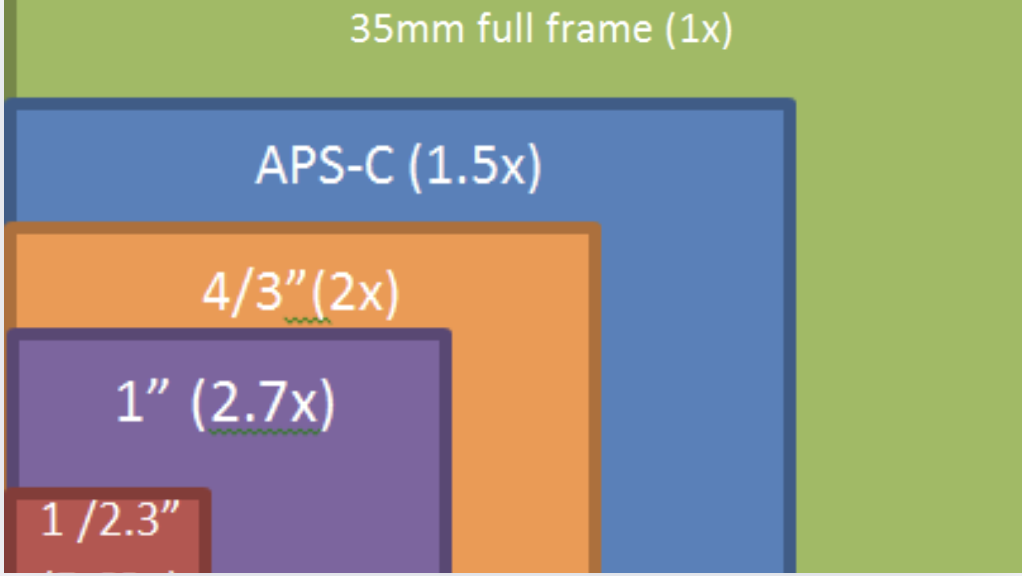


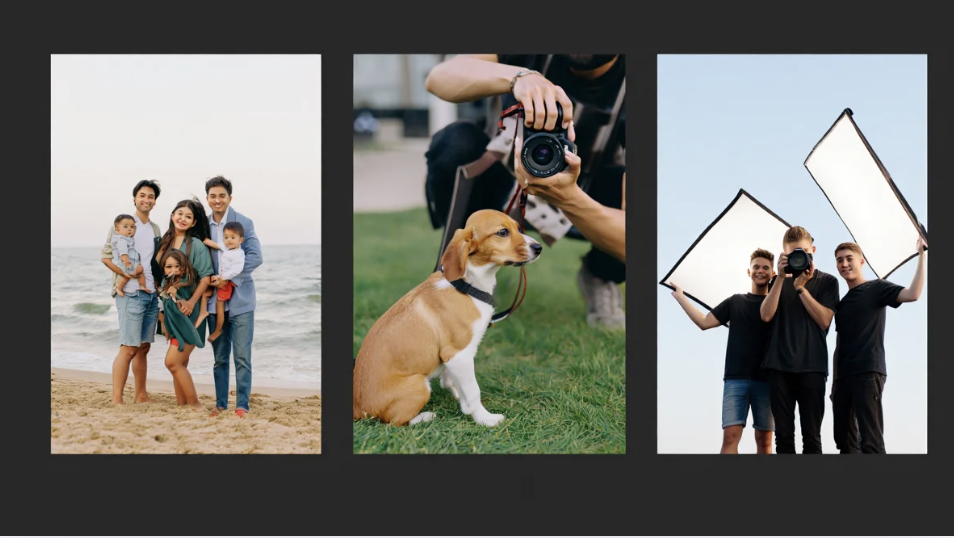
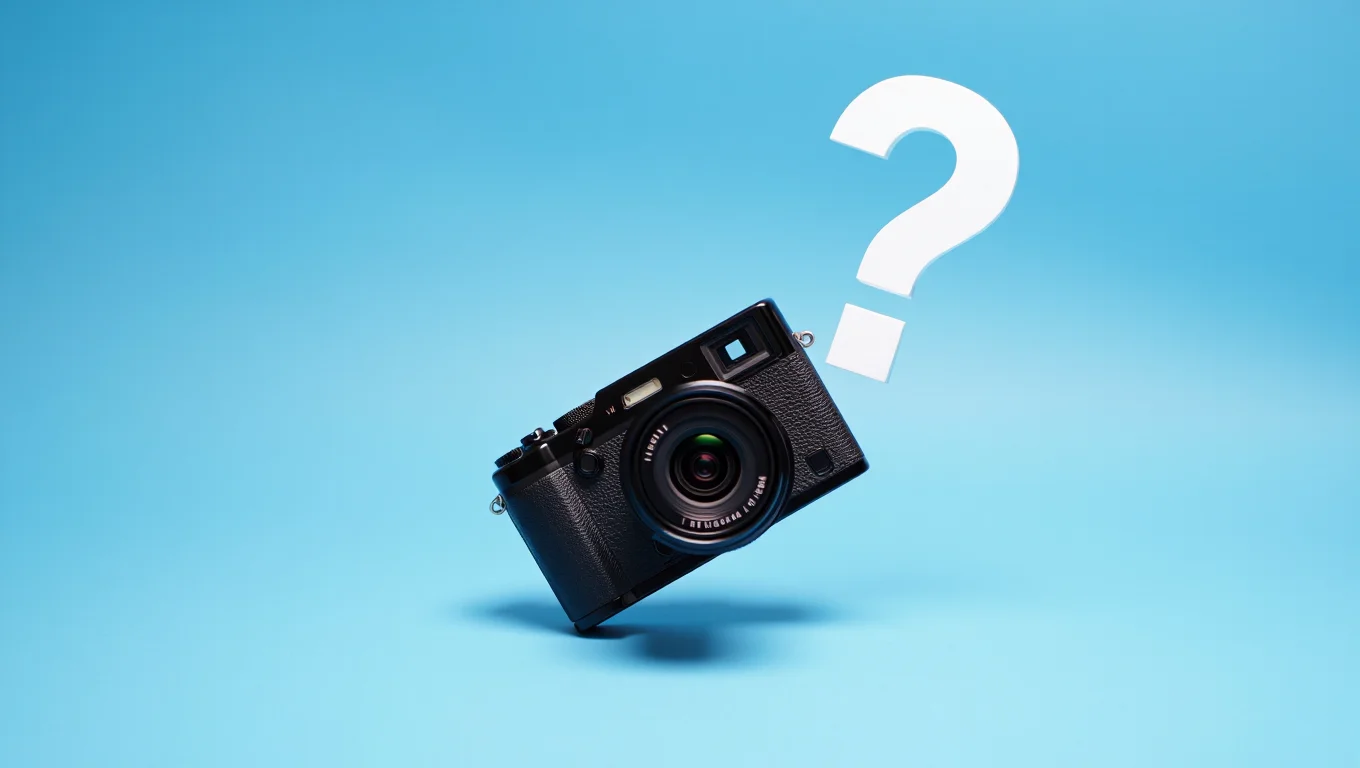
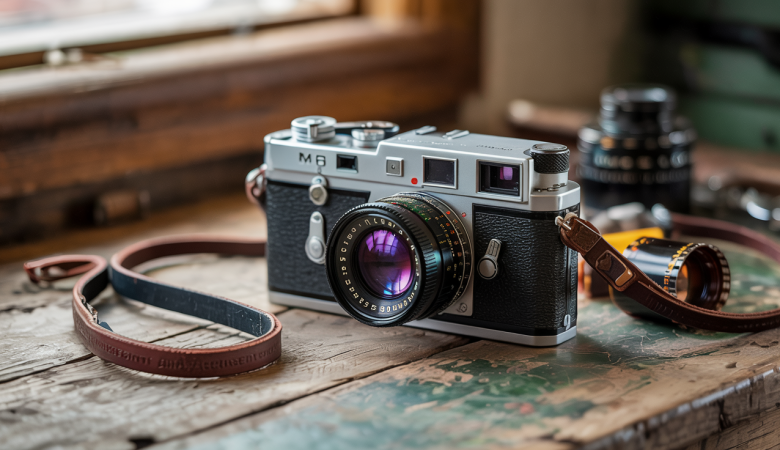
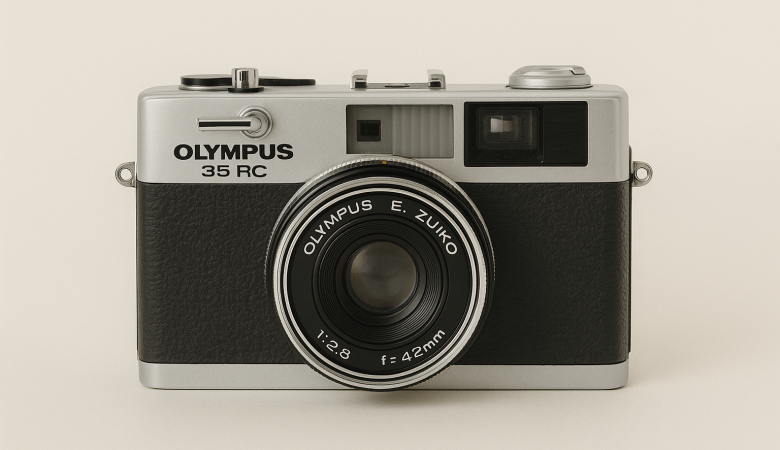

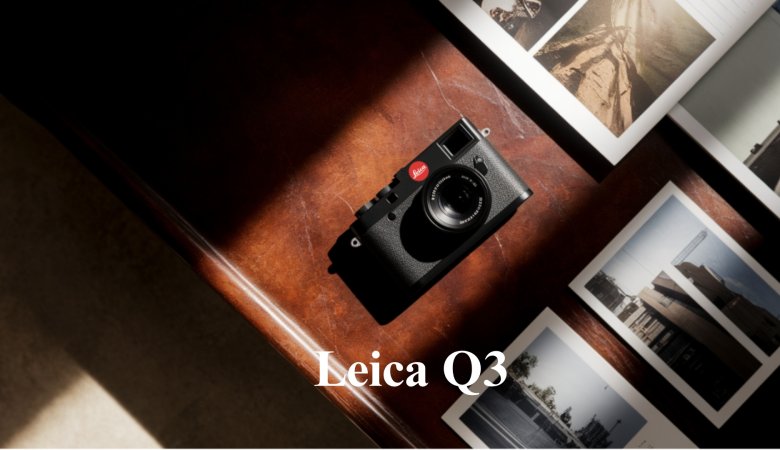
Leave a Reply